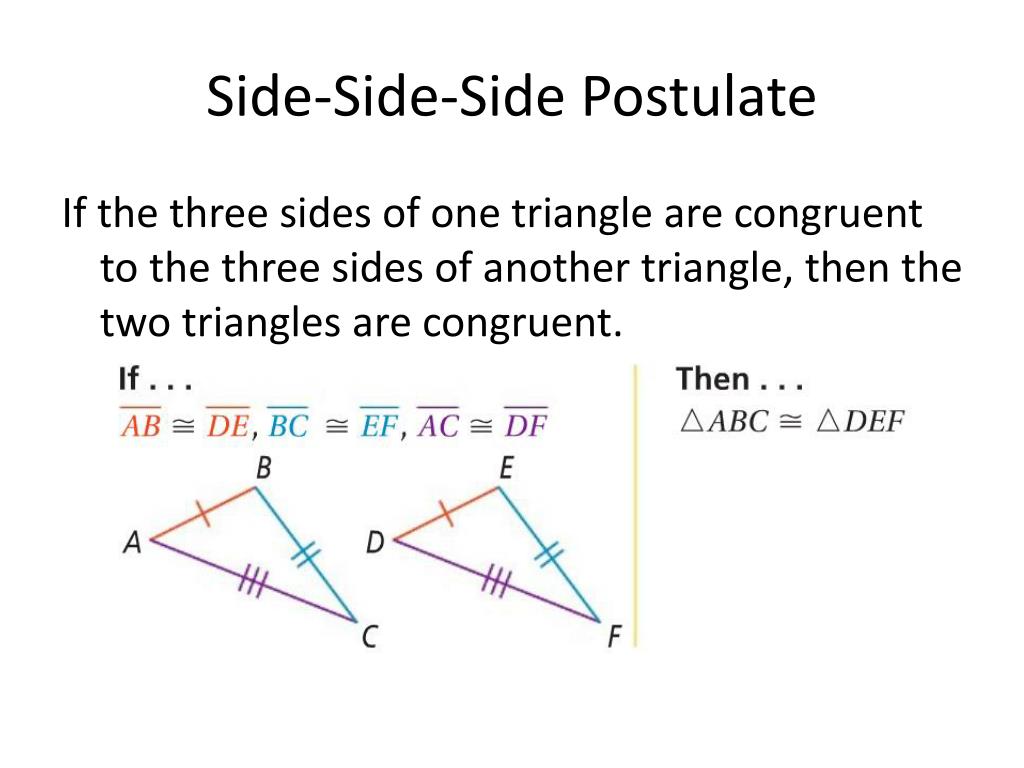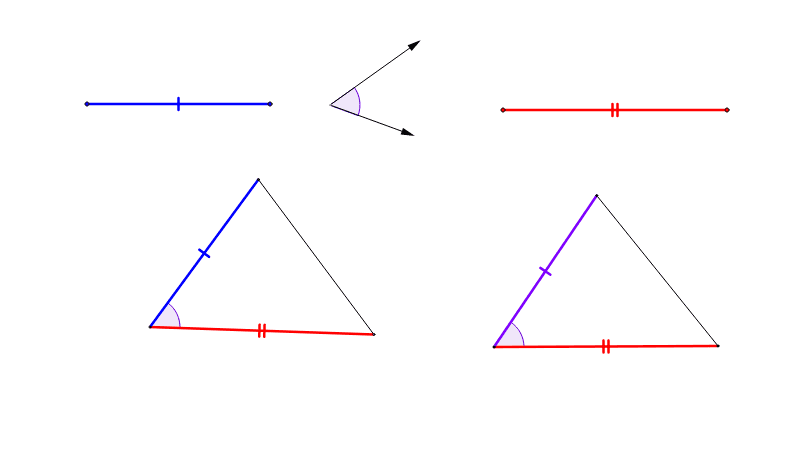

# t r i a n g l e s = ( n -2) S u m o f t r i a n g l e a n g l e s = 180° S u m o f i n t e r i o r a n g l e s = # t r i a n g l e s × s u m o f t r i a n g l e a n g l e s = ( n - 2 ) × 180 ° We already know all the angles in a triangle add up to 180°, so to get the sum of interior angles we just multiply the number of triangles by 180°.

The sum of interior angles formula comes form the fact that if you divide a polygon into triangles, there will be the same numbe rof triangles as the number of sides minus two. Sum of interior angles = ( n - 2 ) × 180 °.Exterior angle: The angle made between one of the sides of the polygon and an extended side.Interior angle: The angles made between two sides in the interior of the polygon.The exterior angle of any side is equal to the sum of the other non-adjacent interior angles.Īngles in polygons Interior and exterior angles.One angle is in the interior while one is on the exterior. They must be on the interior of the parallel lines.Īngles on the same side of the intersecting line of two parallel lines are equal. The diagram shows an adjacent and supplementary angle pair.Īngles on either side of the intersecting line of two parallel lines are equal. In geometry an angle can be one of four types of angles:Īngles opposite to each other around the intersection of two lines are equal.Īngles which add up to 180°. Something that is so obviously true, you accept it as fact, and it needs no proof.


 0 kommentar(er)
0 kommentar(er)
